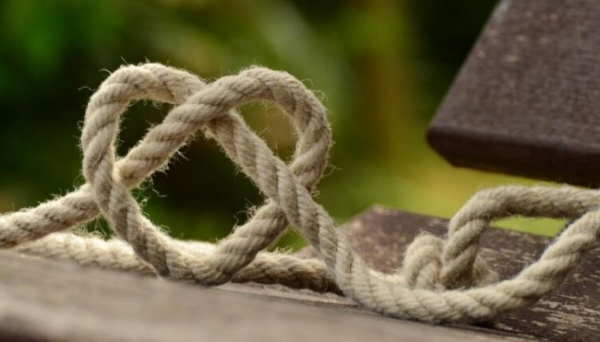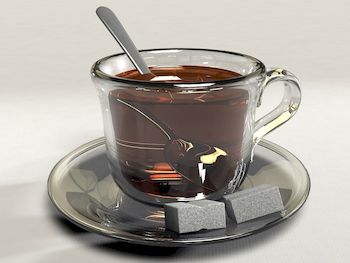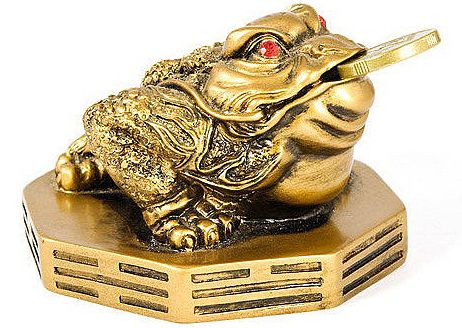
To each his own ball.
One is tangled, the other is straight,
the third – with a knot that someone tied before you.
A thread is a simple thing. It can be wound, broken, tied. It lies in a jewelry box, gets tangled in a pocket, or stays on a sleeve. It is almost invisible—until it becomes a symbol. A symbol of connection, direction, beginning and end. And especially—of destiny.
Destiny is often imagined as a thread. And that's where stories begin—myths, legends, memories… From the Greek moirai to the balls of yarn rolling across the floor in grandma's room… From life's tangled puzzles to the threads that bind us together…
Three sisters who hold destiny
In Greek mythology, there are three women on whom everything depended.
- Clotho spun the thread of life.
- Lachesis measured its length.
- Atropos – cut.
Without emotion, without mercy, without retreat. They neither punished nor rewarded, they simply did their job.
These three Fates aren't the only spinners of fate in the ancient world. The Romans had the Parcae, the Scandinavians had the Norns. Slavic tales had Fates or Destinies. Almost every culture has images of women sitting at a spinning wheel, spinning the invisible thread that determines someone's life.
Why a thread? Probably because it's a process. Not a fixed result, but something that develops over time. A thread grows, it can be directed, it can be broken, but most importantly, it connects.
The ball as a conductor
How many times in fairy tales has the hero been given a ball of yarn that rolls forward and shows the way? It doesn't speak, doesn't argue, doesn't hesitate. It just rolls. And you either follow it… or you don't.
The ball is an important image. Because it's not just a thread, but potential, a path that hasn't yet been unraveled. It's given to those who are lost or standing on the threshold.
The ball isn't a tool of control, it's trust. You don't know where it will lead. But if you follow it, something will be found: a road, an answer, a miracle.
In “Theseus and the Minotaur,” Ariadne's ball of thread isn't just help, but a gesture of love. She gives the thread to someone facing danger.
Entanglement and untangling
When someone says, “I'm confused,” they're intuitively using the metaphor of a thread. We don't say, “I'm stuck” or “I'm trapped” that often. We say, “Everything's tangled.” Because deep down, we have this image: if something can be tangled, it can also be untangled.
Entanglement isn't an end, it's a state. It requires patience, sometimes someone else's help, sometimes just time. Sometimes the thread will break, but even then it can be tied. There will be a knot, there will be a scar, but movement is possible.
Grandmothers who untangled threads weren't just saving a ball of yarn. They were showing that it could be fixed. The key was not to tear it right away: look, turn it, look for the edge, and the thread would flow again.
Memory from a ball
Many of us have a memory: a grandmother sitting knitting, with a basket filled with balls of various colors. The smell of wool, the soft sound of knitting needles, the thread growing and becoming a scarf, a sock, a napkin.
Not just a scene of comfort—an act of creativity, the creation of form from line. Like fate from time. And these balls, these skeins—they're not about housekeeping. They're about the care woven into every loop.
When we put on a knitted item made for us, it's not just warmth; it's a touch, a memory, a recognition. Because every stitch is imbued with thought and a piece of that very thread of fate.
Modern threads
Today, thread can be more than just wool. It can be fiber optic, informational, and communication is also a thread. Correspondence that lasts for years—a connection that doesn't break, even when people are apart. A thread stretched between cities, screens, and voices.
Even the news feed is a metaphorical thread: we pull it down, scroll through it, follow it. It's important to us that it doesn't break, that there's contact, even if it's illusory.
And in this sense, the thread of fate has become even thinner, but also longer. We no longer spin it by hand, but we still hope it is strong.
A thread is a simple, almost invisible thing, but it is what connects people, events, times, myths and reality, memories and the future.
Moirai, grandmothers, heroes—they all know: it's not just having a thread that's important, it's understanding where it leads. And, if you're lucky, not losing it along the way.
Because maybe fate isn't predetermined. It's just a ball of thread in your pocket that you carry around with you. And if you unravel it, maybe it will become a story.





